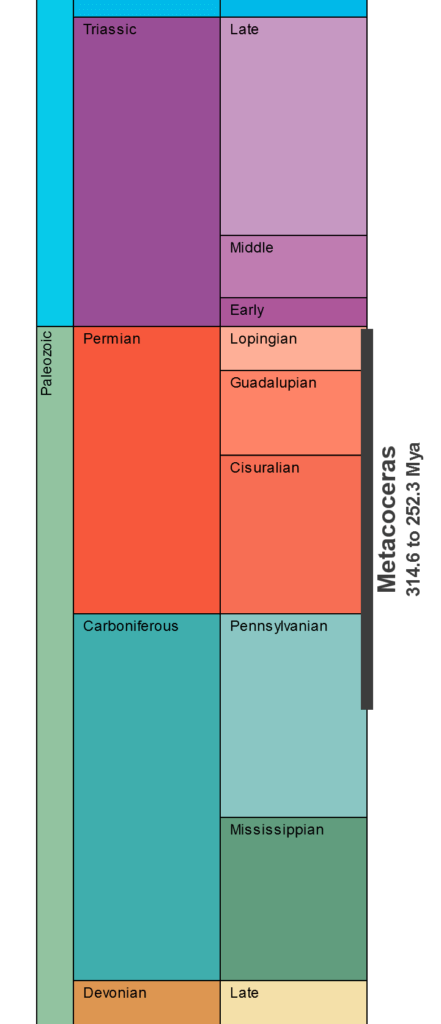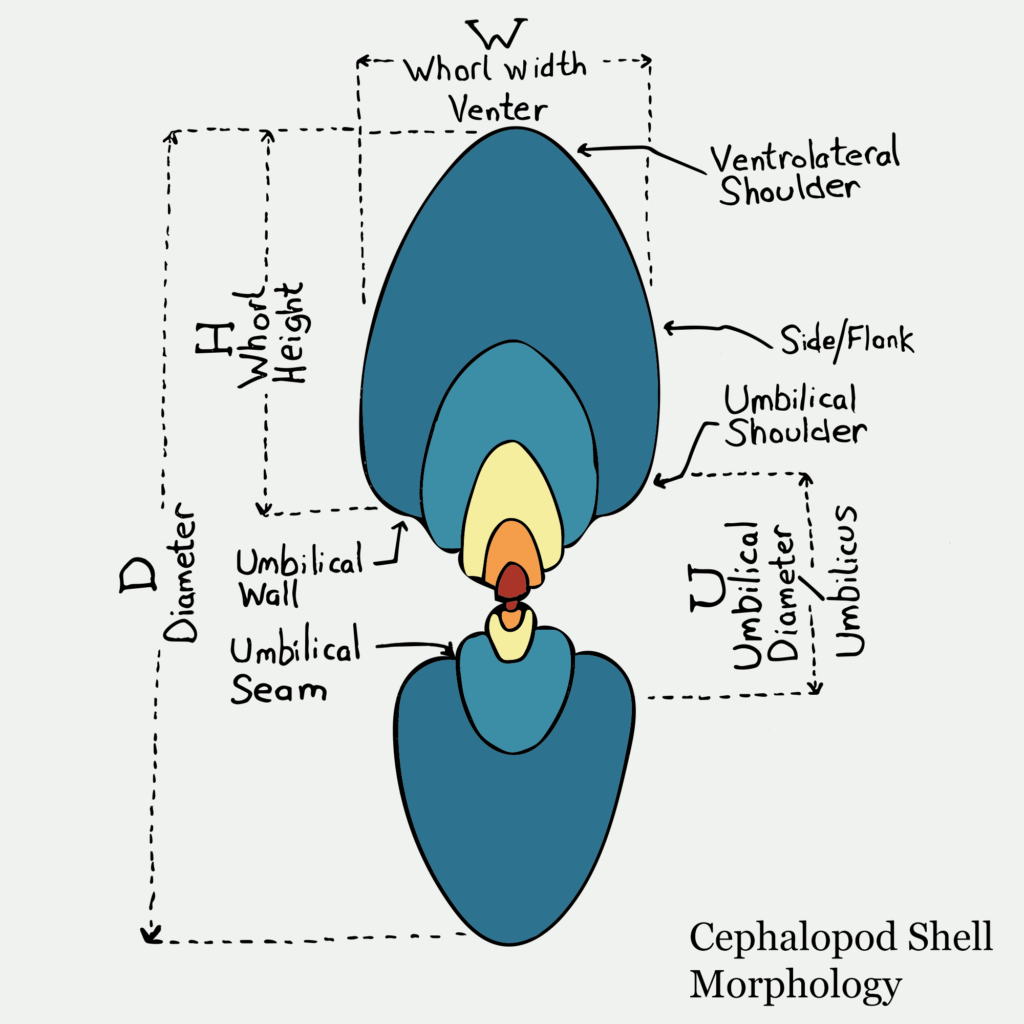Metacoceras is a genus of cephalopod found in the Upper Carboniferous until its extinction in the Permian. First described by Hyatt in 1883, the genus includes several distinct species that have been found in North America, Europe, and Asia.
Alpheus Hyatt’s original description of Metacoceras
Metacoceras, nobis, includes Silurian and Carboniferous species with broad, ventral, lateral, and dorsal lobes but no annular lobes. Siphon near the ventrum or central. Whorls quadrate, sides with one row of nodes along the external border, umbilical shoulders smooth but gibbous, the type has this part of the whorls elevated into a ridge. The forms are evidently transitions from the genus Plectoceras to Mojsvaroceras. Type, Meta. (Discus) Sangamonense, M. et W., Geol. Surv. 111., Vol. 2, pi. 29. Meta. (Lit.) occidentale, sp. Hall from Trenton of 111. Am. Mus. N. Y., is the transitional type from Plectoceras to Metacoceras.
Metacoceras Temporal Range
The genus is found from around the mid-Pennsylvanian Carboniferous through nearly the entirety of the Permian. The Permian / Triassic (P-T) mass extinction event wiped it and 96 percent of all marine species from planet Earth. This was a time when Pangaea was in a very solid form. Parks Township, if laid upon this map would be nearly deeply embedded within the shorelines of the Panthalassic Ocean. This ocean was a super-ocean that surrounded Pangaea. Local specimens that we collect today were long expired and locked in limestone. The genus persisted in the seas until the extinction event.
While it is mostly known why marine creatures died during this event, it’s still up for debate. One theory is that too much CO2 in the air was a large factor, as it is 28 times more soluble in water than oxygen. The CO2 can disrupt basic life functions and make ocean waters more acidic.
Cephalopod Shell Terminology
There are many important dimensions and physical callouts to use when describing a fossil cephalopod specimen. The illustration below points out common phrases used when describing. This is for coiled cephalopod shells.
Metacoceras Specimens
| CG-0004 | Metacoceras I |
| CG-0005 | Metacoceras II |
| CG-0021 | Metacoceras III |
| CG-0024 | Metacoceras IV |
| CG-0037 | Metacoceras V |
| CG-0042 | Metacoceras VI |
| CG-0065 | |
| CG-0071 | A Complete Metacoceras |
| CG-0075 | Metacoceras Group |
| CG-0076 | “ |
| CG-0077 | “ |
| CG-0078 | “ |
| CG-0079 | “ |
| CG-0080 | “ |
| CG-0082 | Polished 1/2 whorl |
| CG-0083 | Cut specimen |
| CG-0092 | Metacoceras Specimen |
| CG-0122 | |
| CG-0123 | |
| CG-0124 | |
| CG-0125 |
Photos of Metacoceras Specimens
These are photos of Metacoceras specimens found in our Fossil catalog. There are at least one identified species, and two distinct species types.


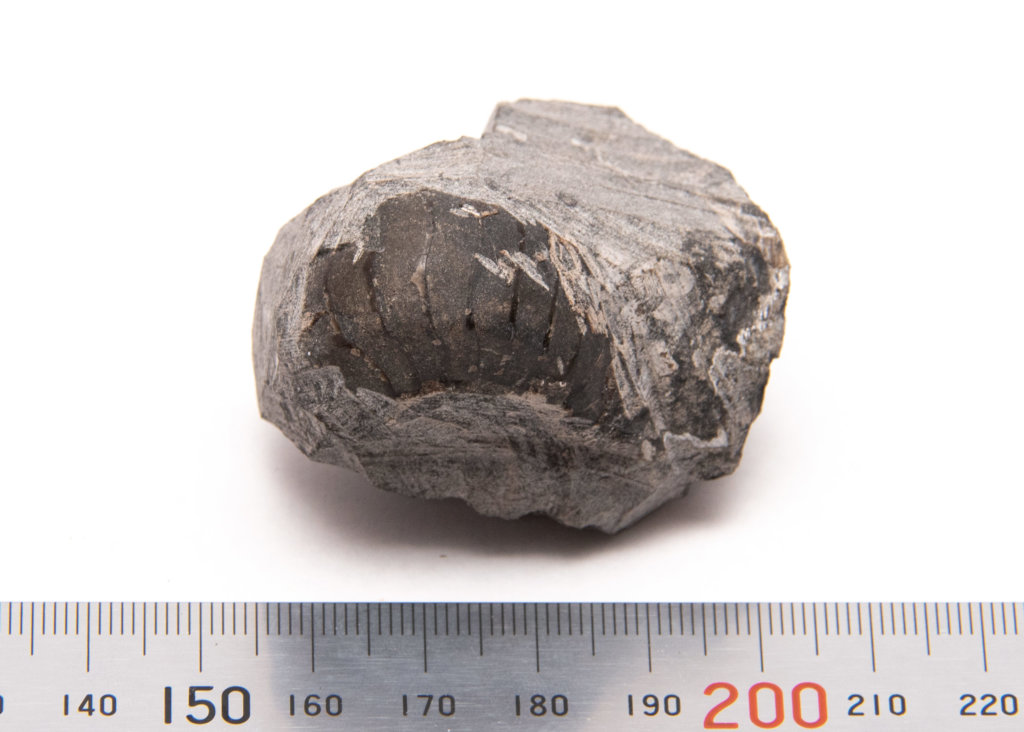

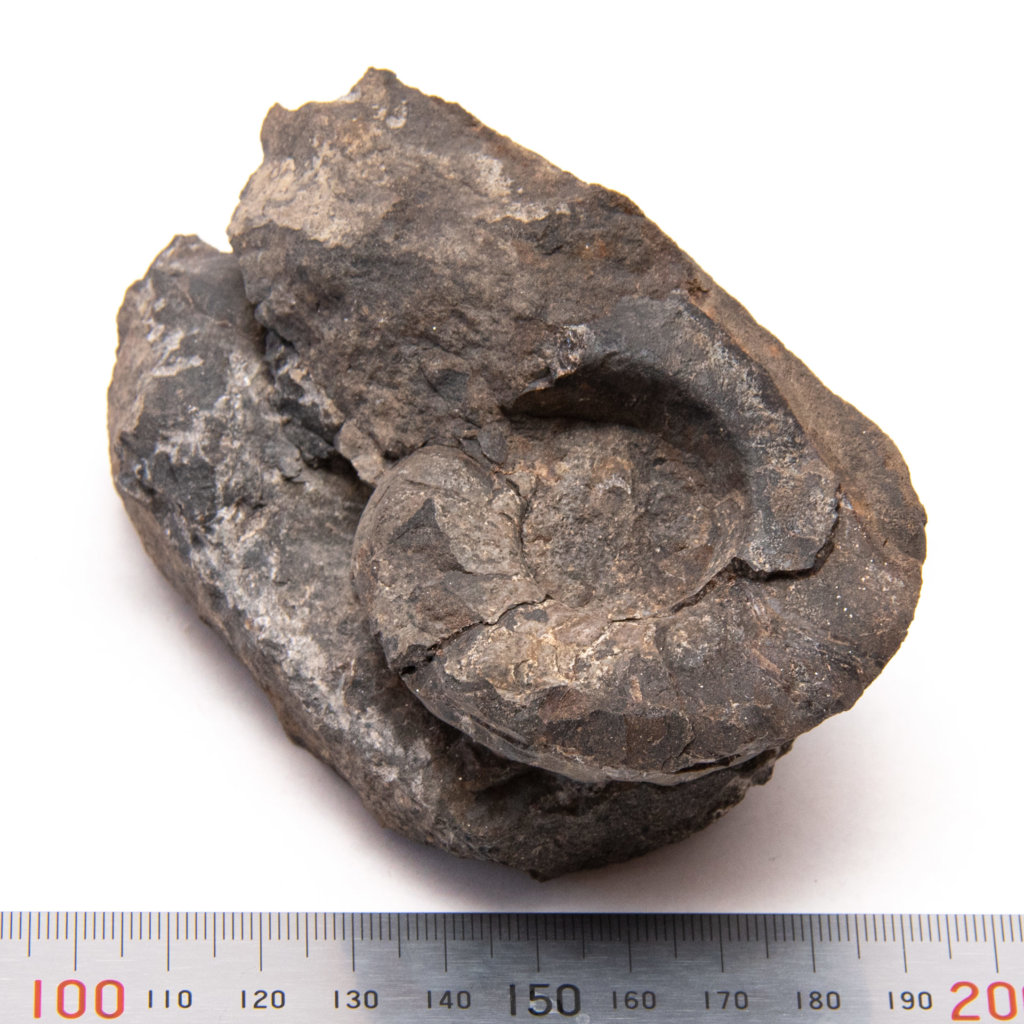
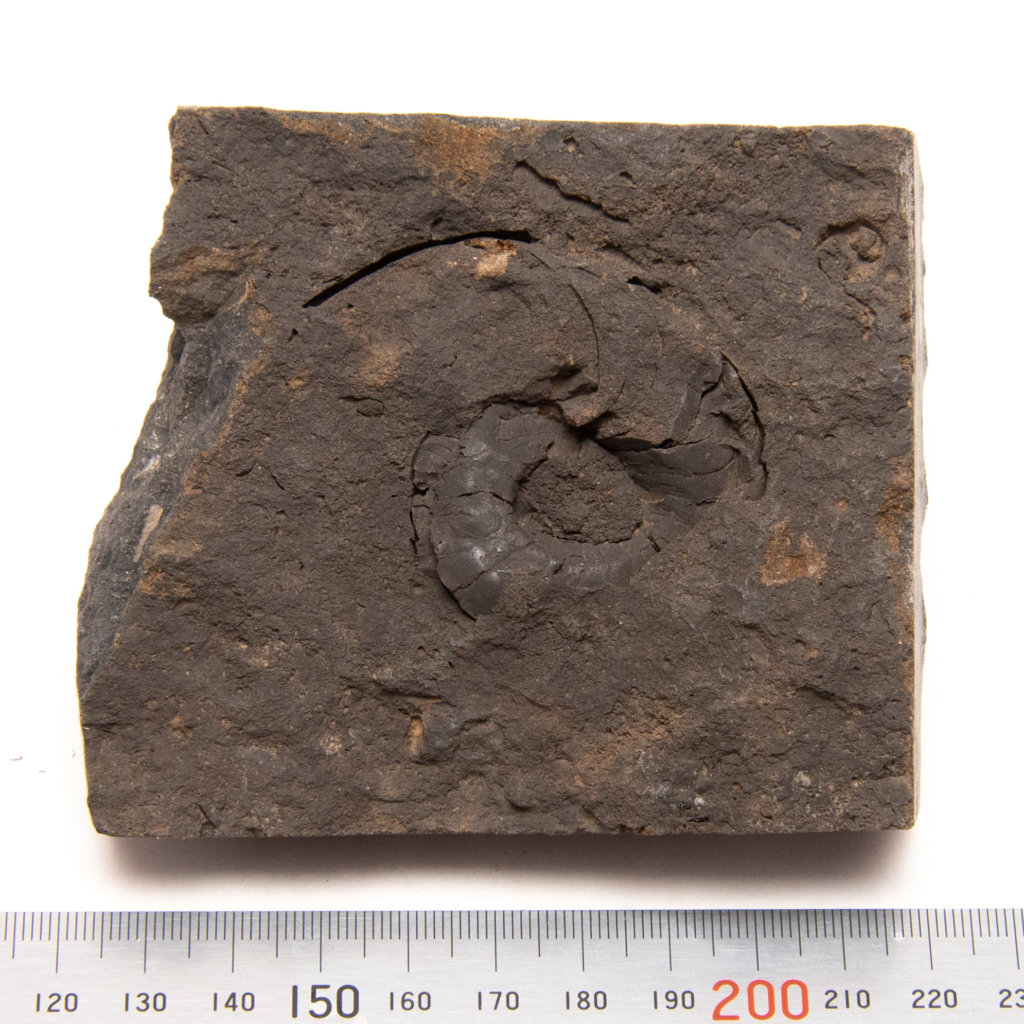
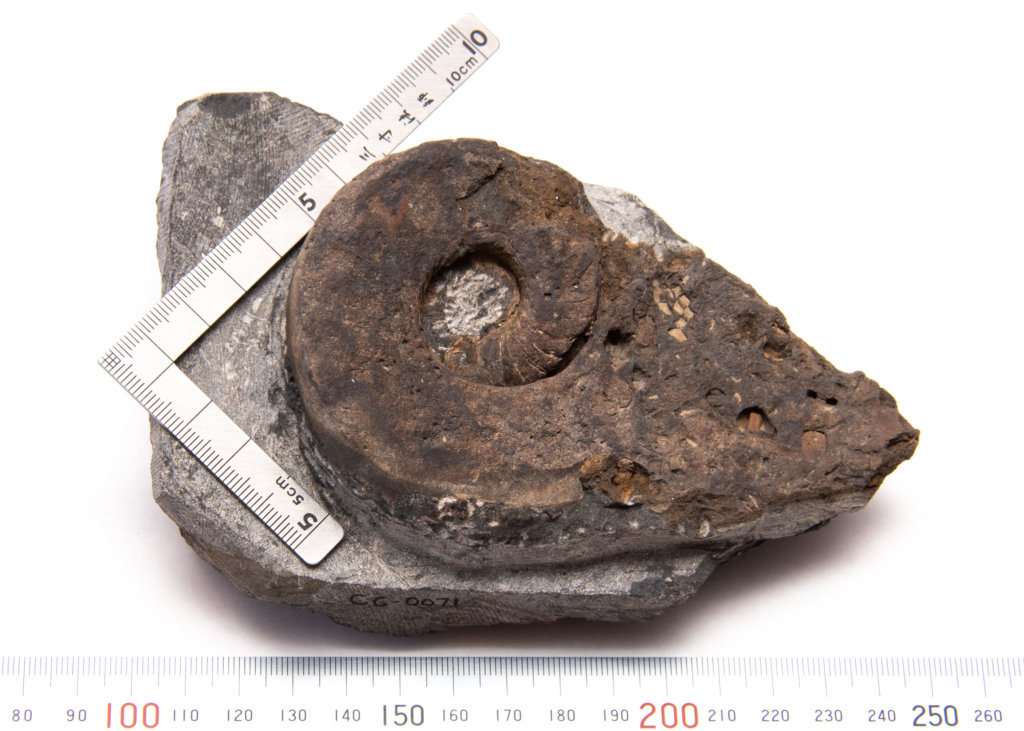
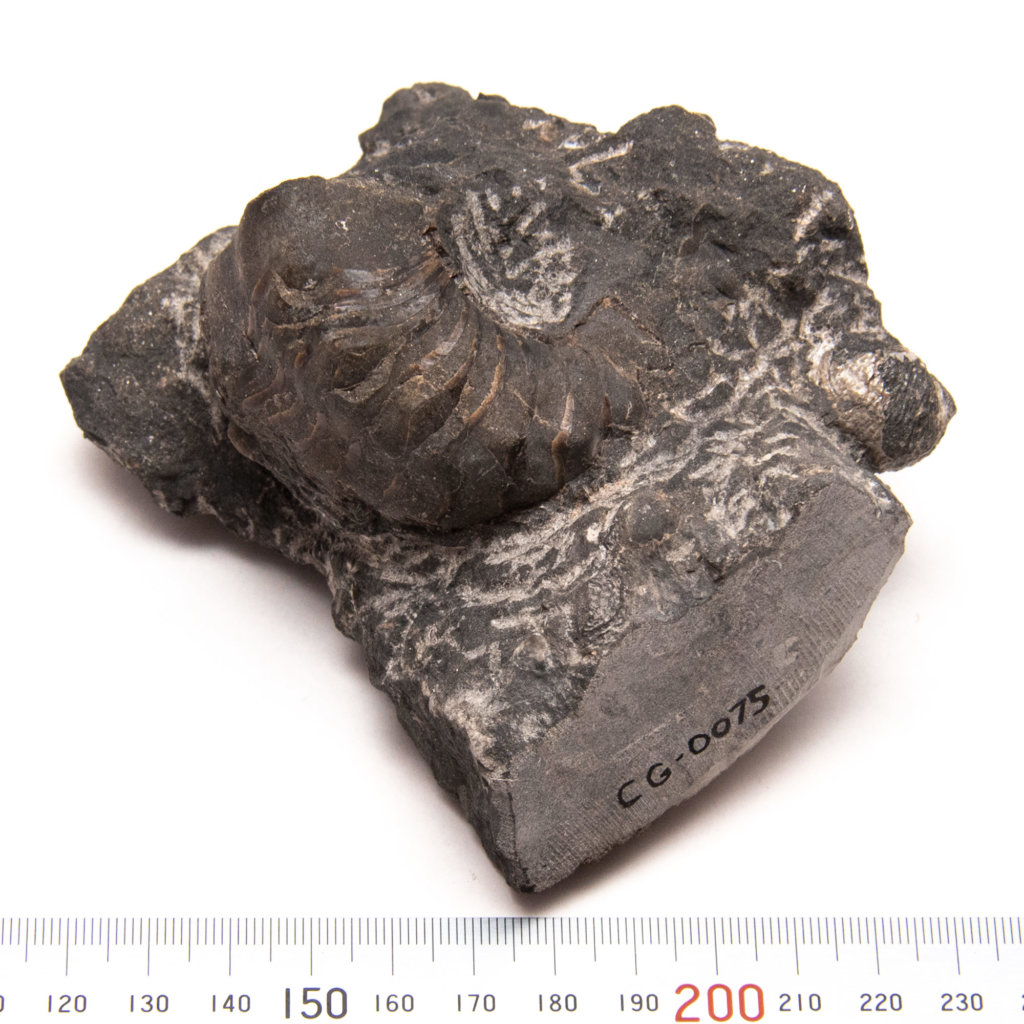

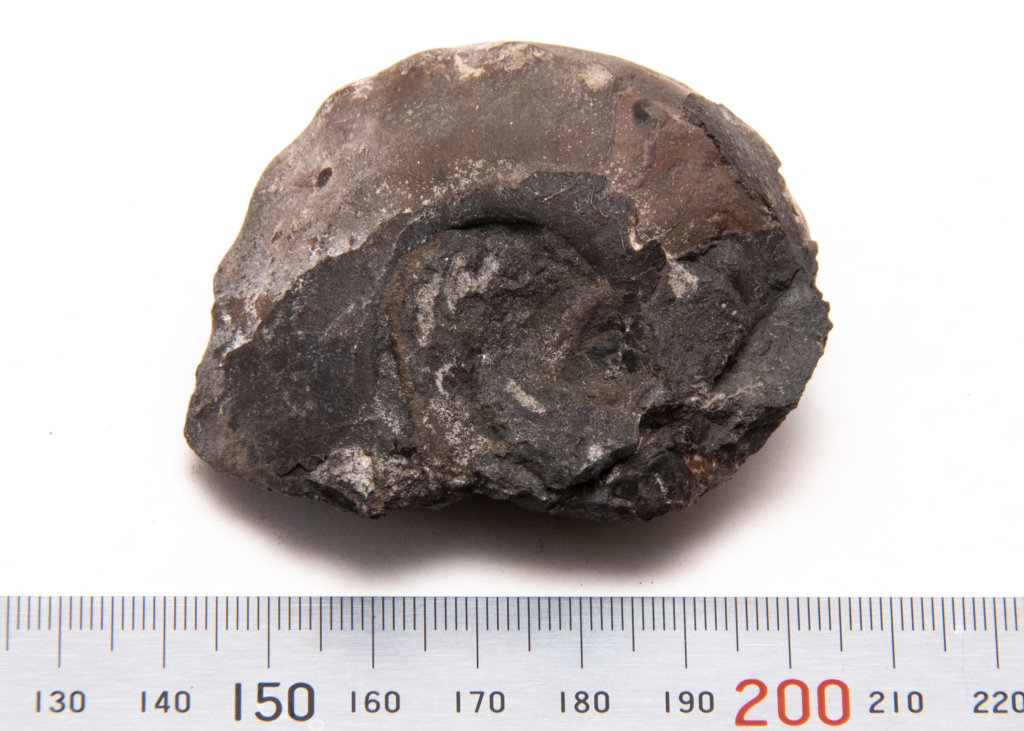



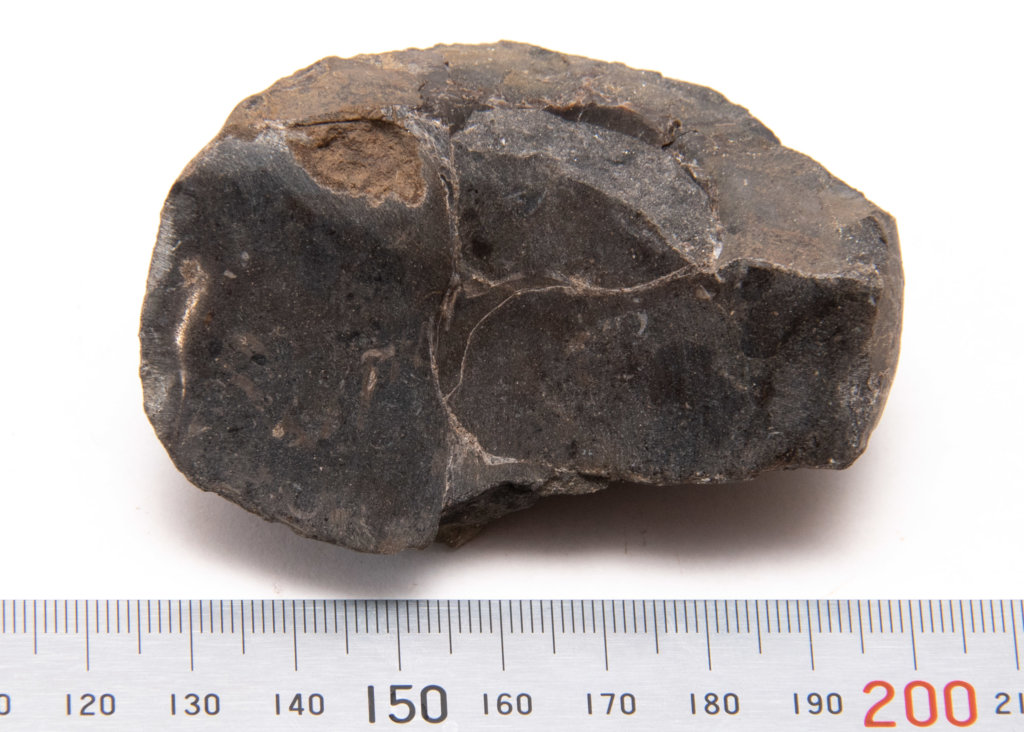
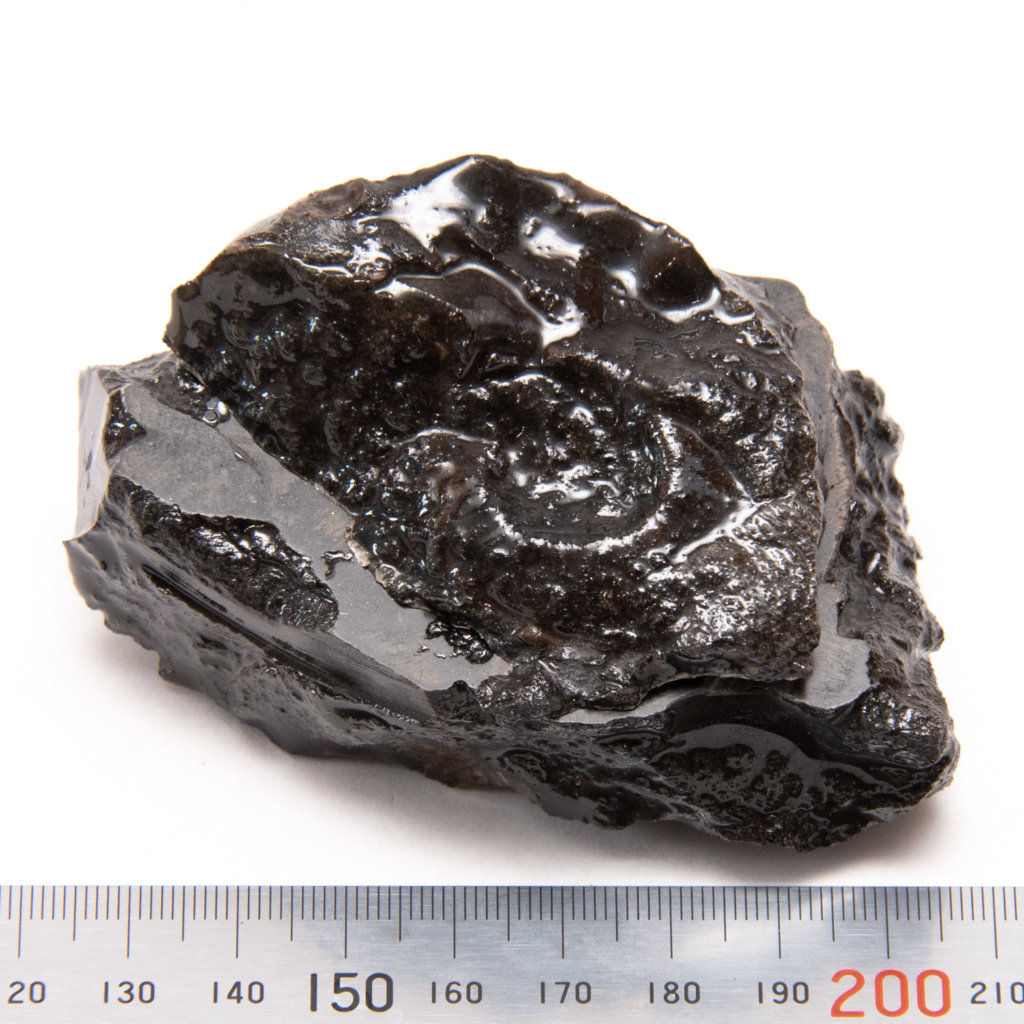
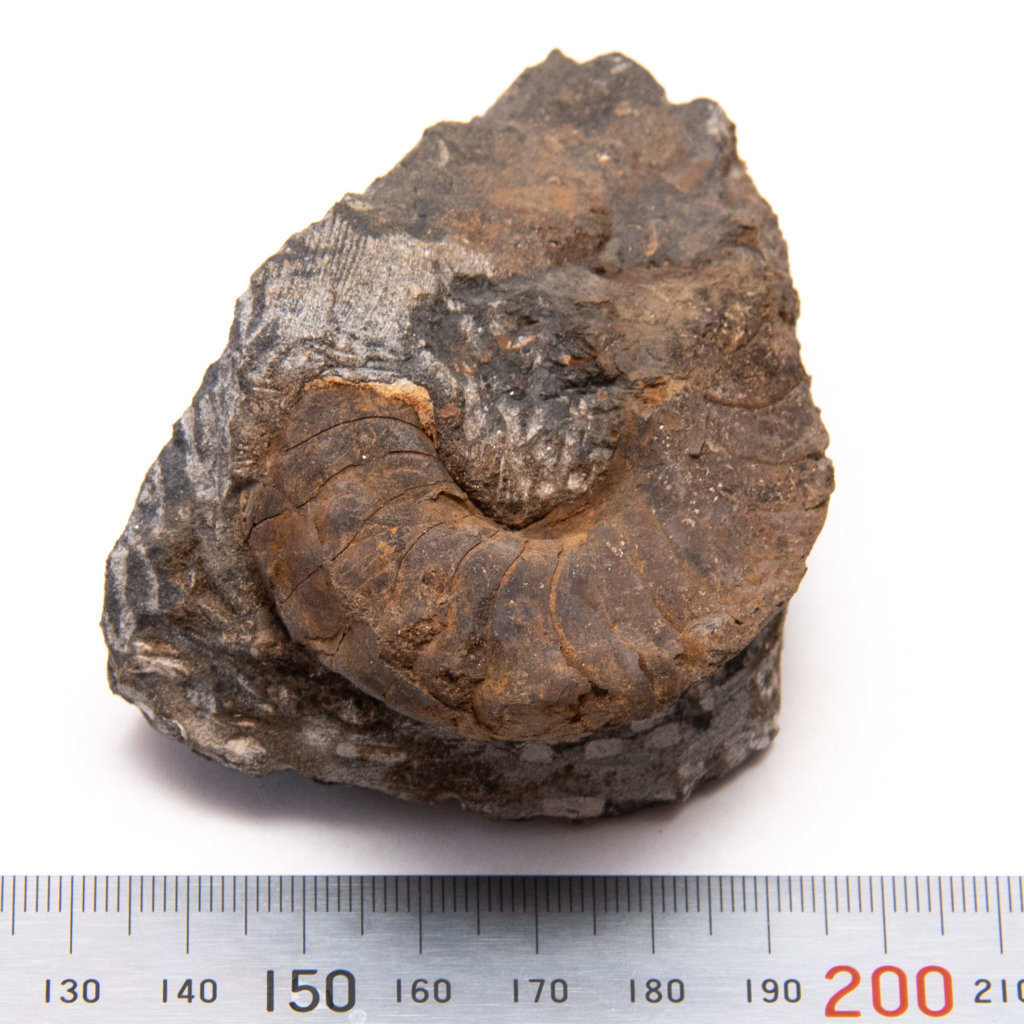



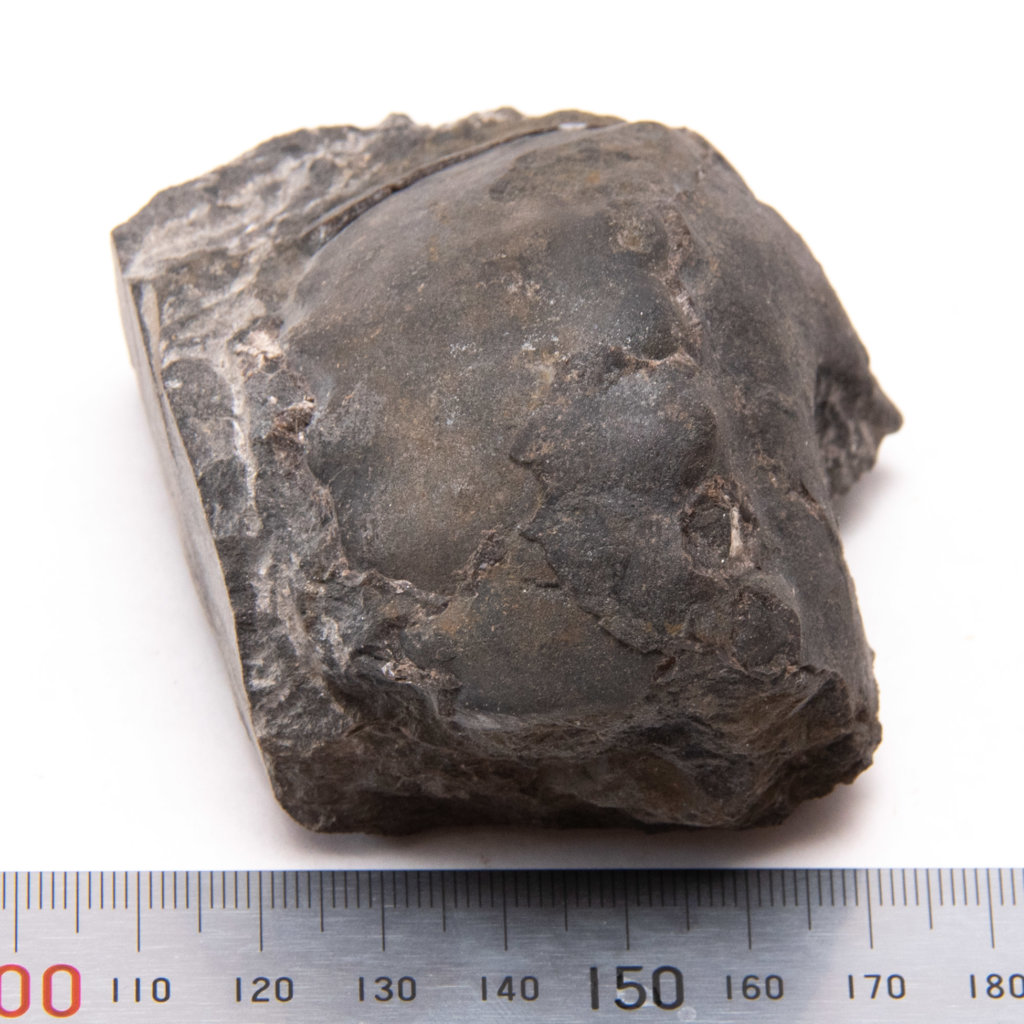

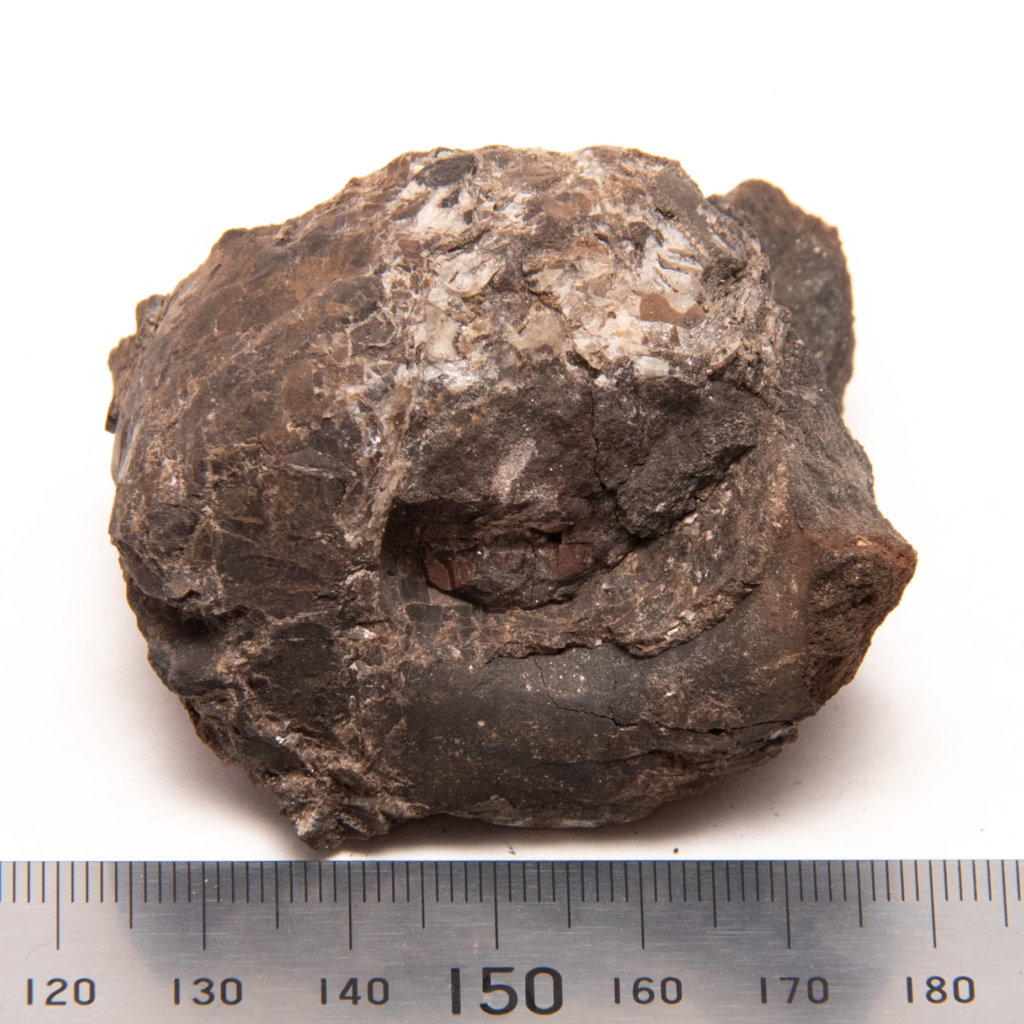

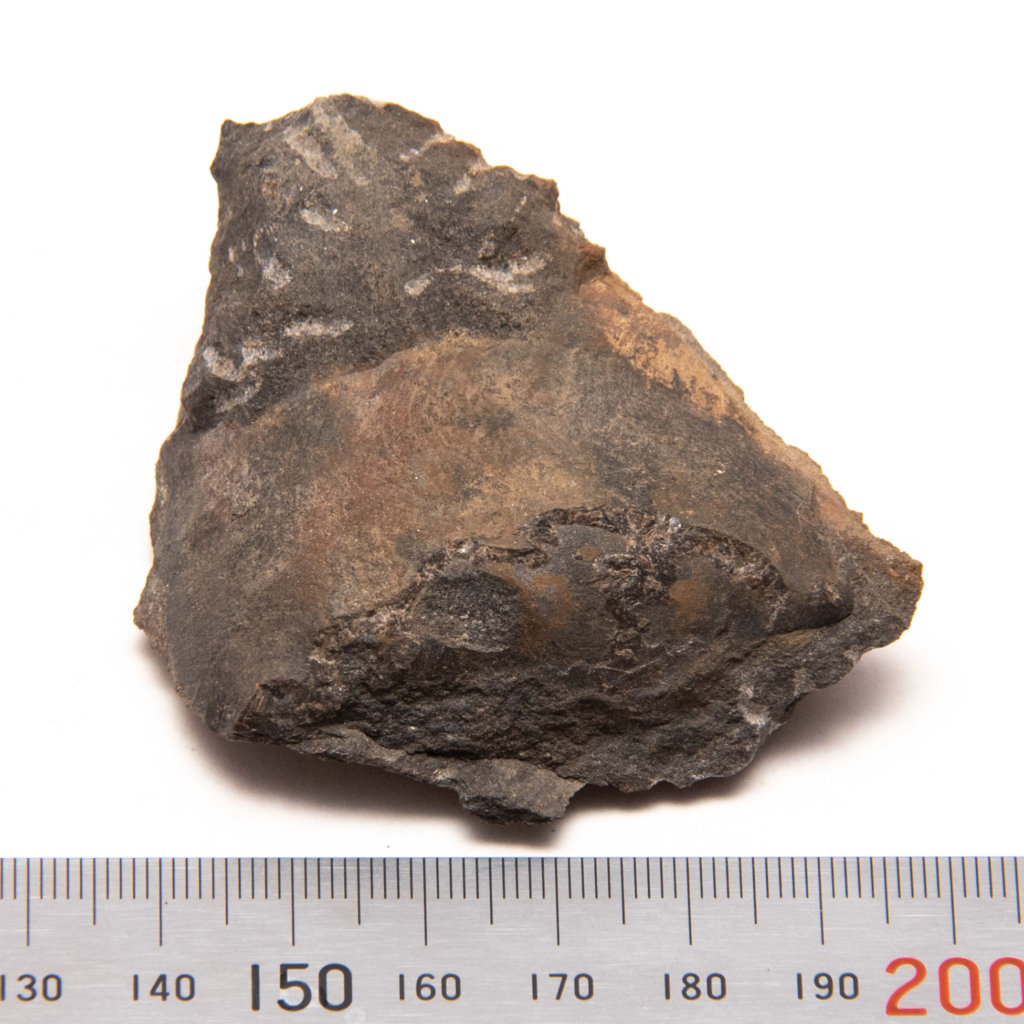
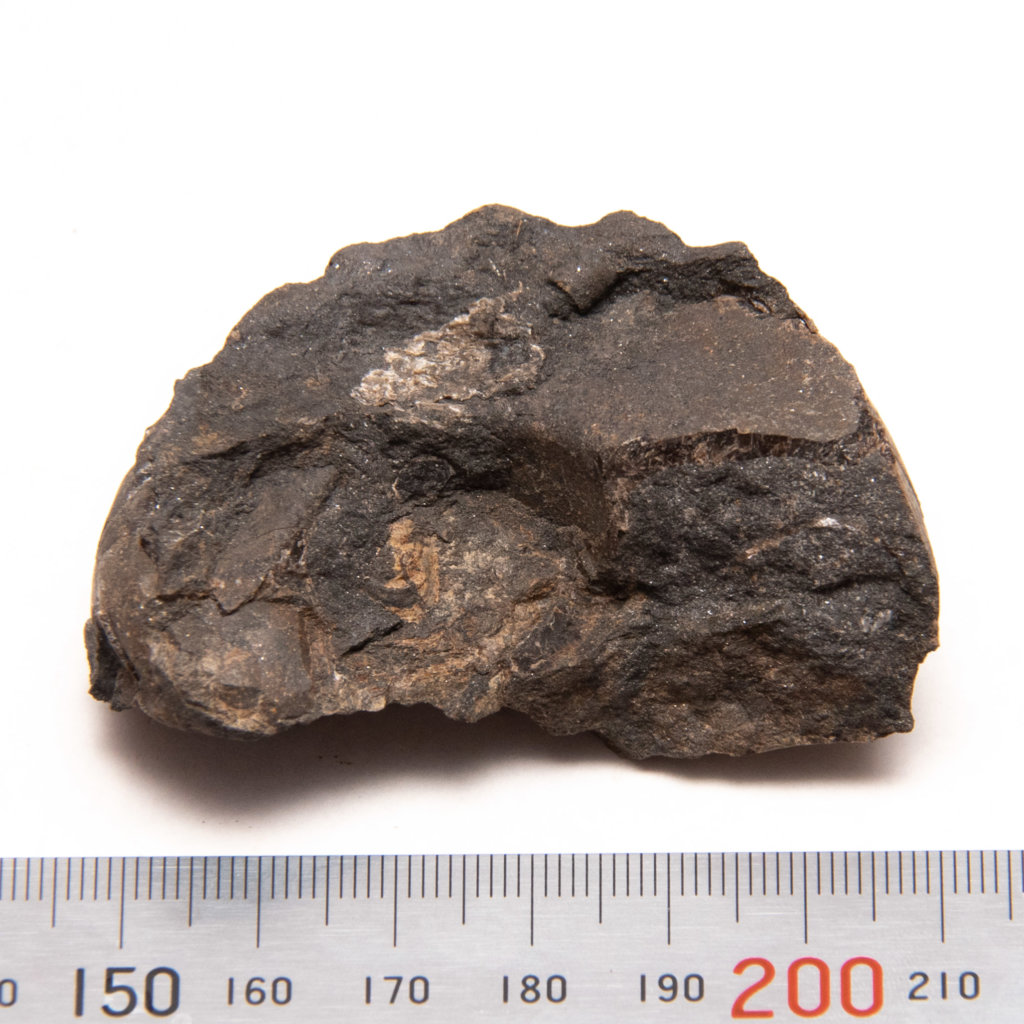
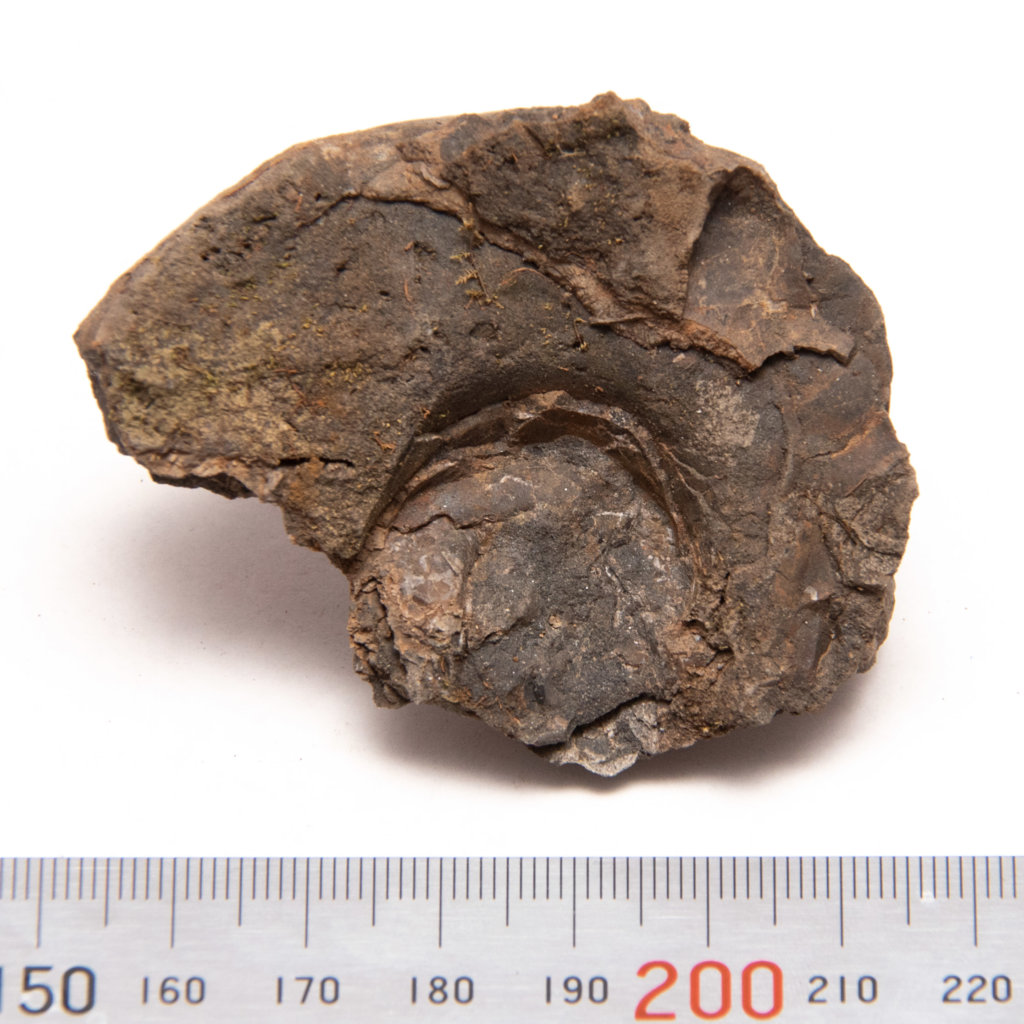
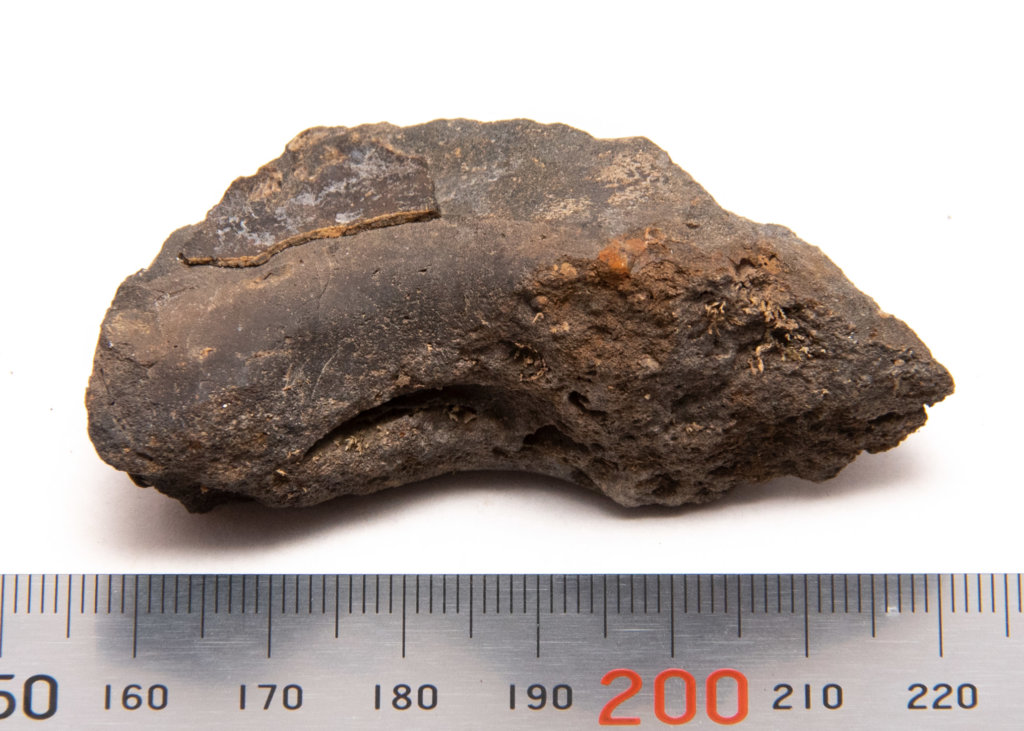








References
- 1883, Hyatt, A., Proceedings of the Boston Society of Natural History V. 22, Genera of Fossil Cephalopods, Boston Society of Natural History. P. 268-269
- Permian-Triassic Extinction Event – Wikipedia
- Pangaea – Wikipedia




